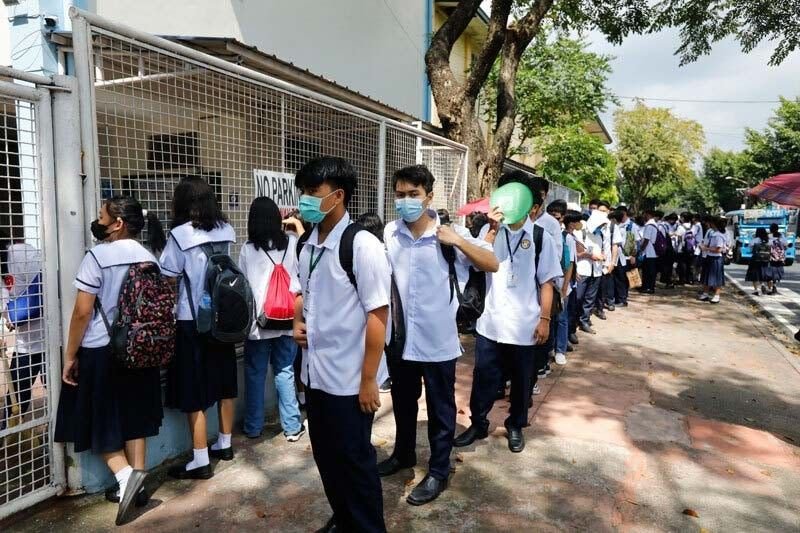Thailand is facing a severe demographic challenge as its birth rate continues to decline, threatening the future of the country’s workforce. Experts are urging immediate action to address this pressing issue, which could have far-reaching consequences for the nation’s economy and social structure.
Alarming Statistics
Record-Low Birth Rates
In 2024, Thailand recorded fewer than 500,000 births for the first time since 1949, with only 462,240 new births reported. This marks the fourth consecutive year where deaths have outnumbered births in the country. The total fertility rate (TFR) has plummeted to 1.0, placing Thailand among nations with ultra-low fertility rates, even lower than Japan’s 1.2.
Workforce Implications
Projected Labor Shortage
If current trends persist, Thailand’s workforce could shrink dramatically over the next five decades. Experts predict that the number of workers may decrease to just 22.8 million in 50 years, posing significant challenges for the country’s economic growth and productivity.
Government Initiatives
Reevaluating Current Strategies
The Thai government has launched campaigns such as “Give Birth, Great World” to promote parenthood among young couples. However, these efforts have yet to yield significant results. Experts suggest that a comprehensive review of these initiatives is necessary to understand their shortcomings and develop more effective strategies.
Societal Factors
Changing Attitudes and Economic Pressures
Several factors contribute to the declining birth rate, including increased education and workforce participation among women, rising costs of living, and changing attitudes towards relationships and family formation. The high expenses associated with education and housing also play a crucial role in couples’ decisions to delay or forgo having children.
Proposed Solutions
Financial Incentives and Social Support
To address this crisis, some officials have proposed offering financial incentives to encourage childbirth. Labour Minister Phiphat has suggested providing ฿3,000 per month per child for seven years to boost the workforce. Additionally, experts emphasize the need for comprehensive social support, including improved parental leave policies, flexible working hours, and affordable childcare options.
Long-term Planning
Future-Oriented Approach
Experts stress that there is no one-size-fits-all solution to the challenges of population aging and fertility rate decline. Instead, they advocate for long-term, future-oriented planning that takes into account the unique context of Thailand. This approach should aim to create a more supportive environment for families and address the root causes of the declining birth rate.
By implementing these measures and continuing to study and adapt to the evolving demographic landscape, Thailand can work towards mitigating the impact of its declining birth rate on its workforce and overall economic stability.









